Written by: Dr. Chris Hardy, Director of Programs & Partnerships
This post is part of a series on human trafficking prevention, written by Dr. Hardy on behalf of Justice & Mercy International. Part 1 focuses on “A Christian’s Fight Against Human Trafficking” and Part 3 explains “How Child Sponsorship Helps Prevent Human Trafficking.”
The first time I heard an in-depth explanation about how women and children were trafficked worldwide, I was disgusted. My young daughter and son were the same ages as some of the children imprisoned in a world of sexual and physical abuse. I was nauseated and deeply saddened by what I heard. I remember feeling indignant, with an urgency to act. I would have been first in line if someone had organized a mob to hunt down the perpetrators. However, that didn’t happen, which was probably for the best, as I was a Pastor in a local church and not prepared to take on traffickers worldwide. As days, weeks, and months passed, my disgust and sadness remained the same, but my urgency to act faded into the background with a myriad of other terrible injustices that I felt powerless to do anything to stop.
Many years later, I am now privileged to work with Justice and Mercy International (JMI), a Christian 501(c)(3), committed to preventing the exploitation of poor, orphaned, or vulnerable children in Moldova and the Amazon region of Brazil. I now feel empowered with anti-trafficking information and equipped with tools to assist in the fight against the trafficking of persons worldwide. I have learned about the vital work of other Christian anti-trafficking organizations committed to ending modern-day slavery, rescuing victims of trafficking, and prosecuting traffickers globally, all in the name of Jesus. Today, I’ve discovered pathways to action and experienced personal opportunities to play my small part in ending modern-day slavery and working to stop the trafficking of persons worldwide.
This article aims to equip ordinary people to stand against slavery and human trafficking. While certainly not exhaustive, it provides a general introduction to human trafficking and will seek to offer personalized steps to act now.
What is Human Trafficking?
 “Human trafficking,” “trafficking in persons,” “trafficking of human beings,” and “modern-day slavery” are terms used interchangeably to refer to this humanitarian crime.
“Human trafficking,” “trafficking in persons,” “trafficking of human beings,” and “modern-day slavery” are terms used interchangeably to refer to this humanitarian crime.
There are three main components of global human trafficking: Forced Labor, Forced Marriage, and Sex Trafficking.
Forced labor or labor trafficking is when an individual uses force, fraud, or coercion to recruit, harbor, transport, provide, or obtain an individual or child to exploit this person’s labor.1 Pervasive forms of forced labor include domestic servitude and forced child labor.
Forced marriage is when an individual is forced or coerced against their will to marry another. This form of “slavery” is complex due to ethnic, cultural, and religious customs practiced by predominantly patriarchal communities, but nonetheless reprehensible.2
Sex trafficking is when an individual uses force, fraud, or coercion to recruit, harbor, transport, provide, obtain, patronize, solicit, or engage an individual or child in a commercial sex act.
The United Nations Office on Drugs and Crime (UNODC) defines human trafficking as “…the recruitment, transportation, transfer, harboring or receipt of people through force, fraud or deception, with the aim of exploiting them for profit. Men, women, and children of all ages and from all backgrounds can become victims of this crime…”3
The fifth iteration of the UNODC’s “Global Report on Trafficking in Persons,” published in 2020, presents the data from 148 participating countries and says, “Although found in every country and every region, trafficking in persons remains a hidden crime, with perpetrators operating in the dark corners of the internet and the underbelly of the global economy to entrap victims for sexual exploitation, forced labor, domestic servitude and other forms of exploitation. The traffickers often use violence or fraudulent employment agencies and fake promises of education and job opportunities to trick and coerce their victims.”4
The bottom line is this: Human trafficking in all forms is modern-day slavery. It is a plague that we must eradicate, affecting us all and scourging the landscape of our global community. If you are offended by this denigration of our basic human dignity, then you are responsible for acting.
The Facts about Human Trafficking
 To fully understand the global impact of human trafficking, we must look at the facts:
To fully understand the global impact of human trafficking, we must look at the facts:
- 50,000,000 people on a given day are trapped in modern-day slavery.
- 1 out of every 150 people in this world is trafficked.
- 1 of every 3 victims of human trafficking worldwide is a child. In economically impoverished countries, children account for half of the victims detected.
- 27,600,000 people are trapped in forced labor on any given day, and 3,300,000 are children.
- 6,300,000 in forced labor are sexually exploited, and four out of every five are girls or women.
- 178 nations have ratified and implemented the United Nations Trafficking in Persons Protocols.
- 22,000,000 people (14,900,000 women and girls) live in a forced marriage on any given day.
- $150,000,000,000 is the global profit for traffickers.
The facts above are derived from these reputable global sources combating human trafficking:
- The United Nations Office on Drugs and Crime; the “Global Report on Trafficking in Persons” ; and the “United Nations Convention Against Transnational Organized Crime and the Protocols Thereto”
- The “Global Estimates of Modern Day Slavery” joint report published by the International Labour Organization, Walk Free, and the International Office of Migration
- The U.S. Department of State’s 2022 Trafficking in Persons Report
How Does Trafficking Happen?
While the trafficking of persons occurs in every country on the planet, the truth is that most victims are poor and marginalized, living in difficult situations, and often undocumented. Traffickers use the increase in unemployment to exploit a person’s labor, as this individual is more likely to do anything to make money. They also target migrant families who have crossed borders in search of work.
Orphaned children, those from extremely poor or dysfunctional families, or those discarded with little-to-no parental care are more likely to become victims of trafficking. Children living in economically depressed communities are also at greater risk. Frequently, traffickers use these difficult situations to exploit children for begging or criminal activities.
The U.N. Global Report delineates the percentage of factors that traffickers use to exploit people:5
- 51% economic need
- 20% child living in a dysfunctional family
- 13% intimate partner becomes the trafficker
- 10% mental, behavioral, or neurological disorder
- 10% immigration status
- 9% child deprived of parental care
- 6% lack of education or language
- 3% physical disability
Traffickers target individuals or children with little to no support system, as neglected or overlooked people or children rarely leave a “trail” others will follow in pursuit.
Global Legislation Against Human Trafficking
 In November 2000, the General Assembly of the United Nations adopted the resolution “United Nations Convention Against Transnational Organized Crime.” One of three protocols included in this resolution was the “Protocol to Prevent, Suppress and Punish Trafficking in Persons, especially Women and Children.” This protocol was the first of its kind, as all U.N. member countries agreed to the global definition of trafficking in persons and the responsibility to prosecute traffickers.6 178 nations have agreed to implement the protocols addressed in this resolution, including legislation, domestic laws detailing criminal offenses, and prosecution of perpetrators.
In November 2000, the General Assembly of the United Nations adopted the resolution “United Nations Convention Against Transnational Organized Crime.” One of three protocols included in this resolution was the “Protocol to Prevent, Suppress and Punish Trafficking in Persons, especially Women and Children.” This protocol was the first of its kind, as all U.N. member countries agreed to the global definition of trafficking in persons and the responsibility to prosecute traffickers.6 178 nations have agreed to implement the protocols addressed in this resolution, including legislation, domestic laws detailing criminal offenses, and prosecution of perpetrators.
In the forward of this resolution, written by Kofi A. Annan, the Secretary-General of the U.N. at the time, Annan states, “I believe the trafficking of persons, particularly women and children, for forced and exploitative labor, including for sexual exploitation, is one of the most egregious violations of human rights that the United Nations now confronts. It is widespread and growing. It is rooted in social and economic conditions in the countries from which the victims come, facilitated by practices that discriminate against women and driven by cruel indifference to human suffering on the part of those who exploit the services that the victims are forced to provide. The fate of these most vulnerable people in our world is an affront to human dignity and a challenge to every State, every people, and every community.”7
In 2010, the Assembly added to their efforts by adopting the resolution ”United Nations Global Plan of Action to Combat Trafficking in Persons” as a means to end the heinous crime of trafficking in persons globally. Then, in 2020, the United Nations Office on Drugs and Crimes published its fifth iteration of the “Global Report on Trafficking in Persons,” which assimilates data from 148 countries related to modern-day slavery.
In the United States, the 13th Amendment to our Constitution, signed in 1865, barred slavery and involuntary servitude. However, from 1865-1999, Congress established no laws to address the trafficking of persons for exploitation specifically. As a result, criminal laws were narrow in scope, and prosecution was based on a hodgepodge of federal statutes. In October 2000, this changed when the United States signed its very first anti-trafficking law, the “Victims of Trafficking and Violence Protection Act of 2000” (also referred to as the “Trafficking Victims Protection Act of 2000”). This law was established to “combat trafficking in persons, a contemporary manifestation of slavery whose victims are predominantly women and children, to ensure just and effective punishment of traffickers, and to protect their victims.”8 It defined “severe forms of trafficking in persons” as “sex trafficking in which a commercial sex act is induced by force, fraud, or coercion, or in which the person induced to perform such act has not attained 18 years of age; or the recruitment, harboring, transportation, provision, or obtaining of a person for labor or services, through the use of force, fraud, or coercion for the purpose of subjection to involuntary servitude, peonage, debt bondage, or slavery.”9
In July 2022, the U.S. State Department issued its annual “Trafficking In Persons” Report. This comprehensive exposition details the global impact of human trafficking by sharing the stories of survivors and countries’ achievements as each one does its part to end this deplorable crime against humanity.
Getting Personal in the Fight Against Human Trafficking
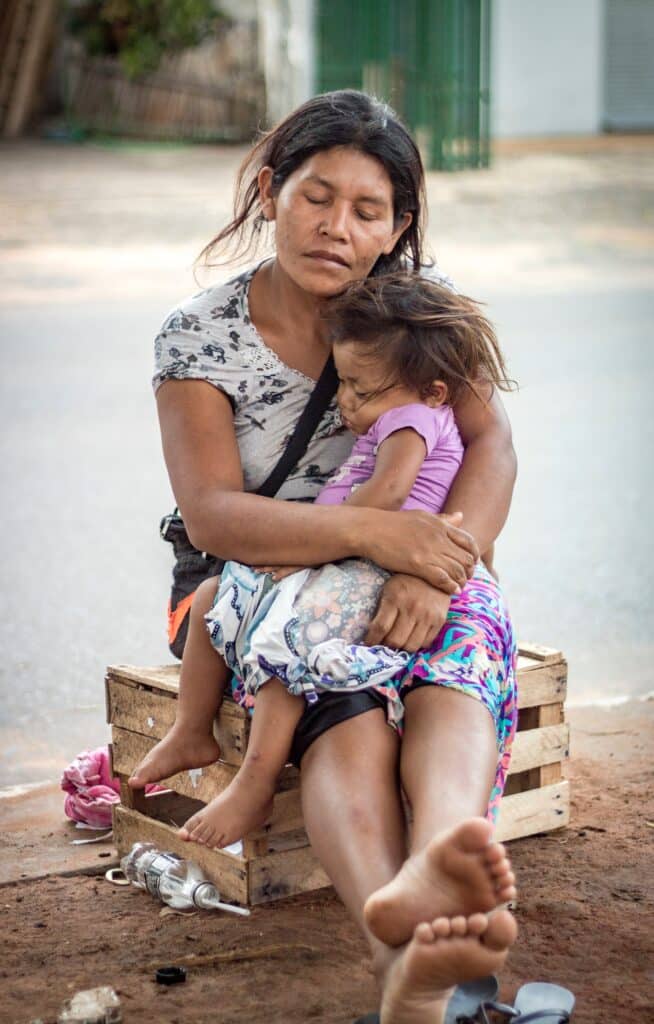 Just as traffickers target vulnerable populations for exploitation, we also can target these precious people in our efforts to prevent trafficking from ever occurring in the first place. By adopting a personalized approach, ordinary people can make extraordinary strides in doing their part to eradicate modern-day slavery.
Just as traffickers target vulnerable populations for exploitation, we also can target these precious people in our efforts to prevent trafficking from ever occurring in the first place. By adopting a personalized approach, ordinary people can make extraordinary strides in doing their part to eradicate modern-day slavery.
Here are three steps we can take today:
- Educate yourself about human trafficking. The information in this article only scratches the surface in describing human trafficking and its global impact. Click on the links and read the reports to learn the truth of this current global issue. Informed citizens are dangerous to traffickers. They can shine the light of truth on the deplorable actions that criminals want to keep in the dark.
- Speak out about what you learn. Fear of sounding stupid, being labeled opportunistic, being concerned about engaging in online “outrage culture,” or others thinking you are virtue signaling should never prevent us from speaking out and bringing awareness to this horrible reality. Publicly expressing our moral outrage goes a long way in promoting cooperation and inciting social and political change.
- Decide to act. While action will look different to each of us, let me offer several suggestions you can take now:
- Give to a reputable Christian organization fighting against human trafficking. Here are some to consider:
- Sponsor a child. One easy step to prevent human trafficking is to become a sponsor with an organization offering a personalized and holistic approach to care for vulnerable children, teens, and families. You can learn more about how our JMI sponsorship program helps prevent trafficking here. Other incredible Christian organizations in the U.S. offer sponsorships, including World Vision International and Compassion International.
- Write your elected officials to ensure they vote for bills protecting victims of all trafficking in persons. Here are a few pending acts awaiting congressional votes:
- H.R.30 – Stop Human Trafficking in School Zones Act
- H.R.9043 – Respect for Child Survivors Act
- H.R.8672 – Trafficking Survivors Relief Act of 2022
- Demand transparency from the companies whose consumables you enjoy to ensure their global supply chain does not exploit people. You can check out Responsible Sourcing Tool to learn if human trafficking is hidden in a company’s supply chain. If these companies have normalized exploitation in their supply chain, we must be willing to stand up for what is right and to stop our purchases until changes are made. Don’t know what to say, here’s a template that might be helpful.
In conclusion, as I mentioned at the beginning, the fight against trafficking can feel paralyzing. Yes, it’s an immense, dark, and powerful industry. But, as Christians, we cannot let that stop us from acting. The tangible steps I’ve listed above do make a difference, one life at a time, and when the body of Christ works together against the powers of darkness, we are stronger than the sum of our parts. “The light shines in the darkness, and the darkness has not overcome it,” John 1:5. Pray, speak out, act. Together, we can play a crucial part in ending modern-day slavery, rescuing victims of trafficking, and prosecuting traffickers globally, all in the name of Jesus.
Footnotes
1. Trafficking In Persons Report 2022, https://www.state.gov/reports/2022-trafficking-in-persons-report/, 32
2. Global Estimates of Modern Slavery, https://www.ilo.org/wcmsp5/groups/public/—ed_norm/—ipec/documents/publication/wcms_854733.pdf, 5
3. https://www.unodc.org/unodc/en/human-trafficking/human-trafficking.html
4. https://www.unodc.org/documents/data-and-analysis/tip/2021/GLOTiP_2020_15jan_web.pdf, page 4
5. Global Report on Trafficking in Persons 2020, https://www.unodc.org/documents/data-and-analysis/tip/2021/GLOTiP_2020_15jan_web.pdf, page 9
6. https://www.unodc.org/unodc/en/organized-crime/intro/UNTOC.html
7. Kofi A. Annan, https://www.unodc.org/documents/treaties/UNTOC/Publications/TOC%20Convention/TOCebook-e.pdf, iv
8. https://www.govinfo.gov/content/pkg/PLAW-106publ386/pdf/PLAW-106publ386.pdf, Sec.102-A
9. https://www.govinfo.gov/content/pkg/PLAW-106publ386/pdf/PLAW-106publ386.pdf, Sec.103-8

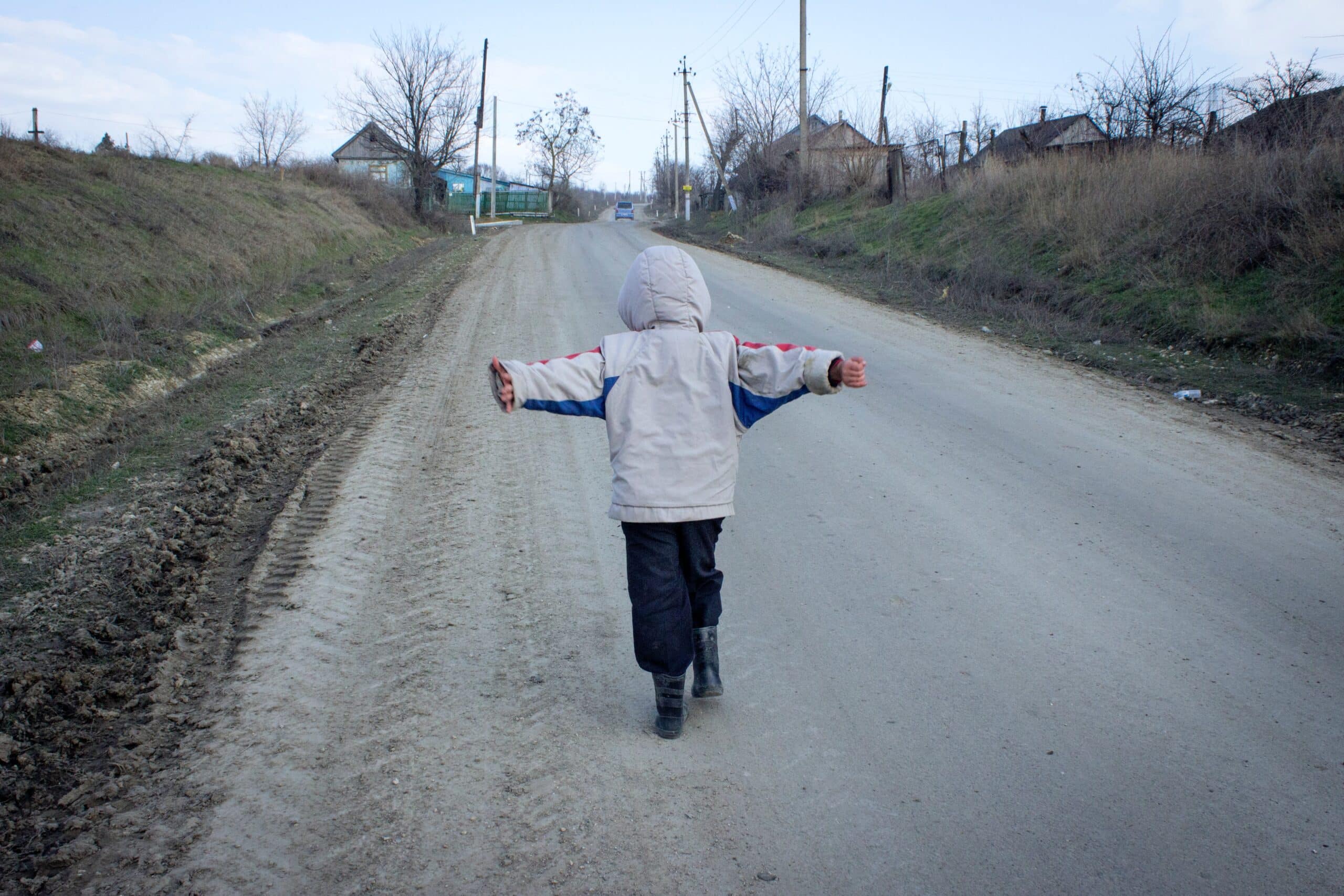
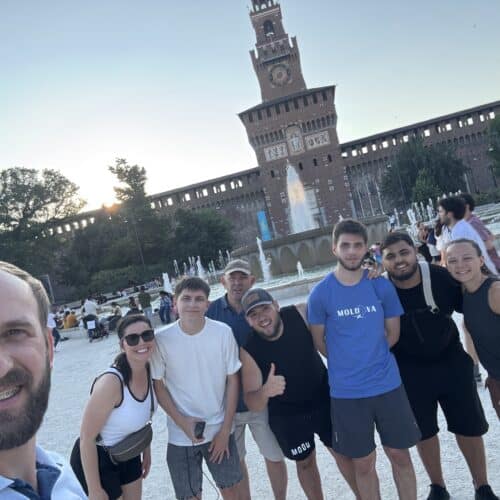
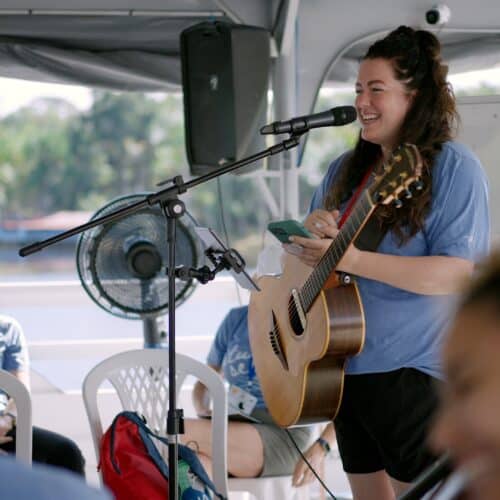
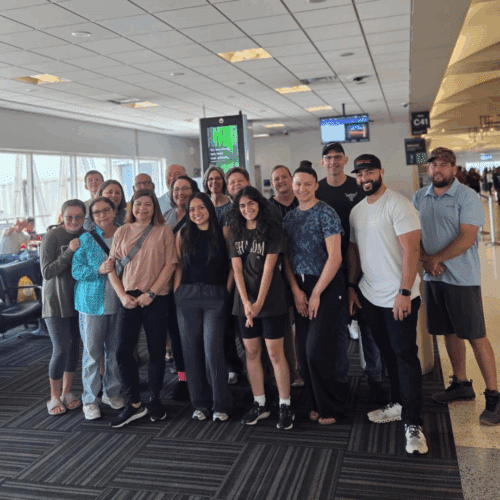
 304 44th Ave. N
304 44th Ave. N